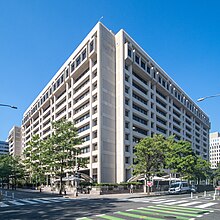
1947: The International Monetary Fund (IMF) begins financial operations.The International Monetary Fund (IMF) is one of the most significant
international financial institutions in the world, playing a critical
role in global economic stability, monetary cooperation, and financial...